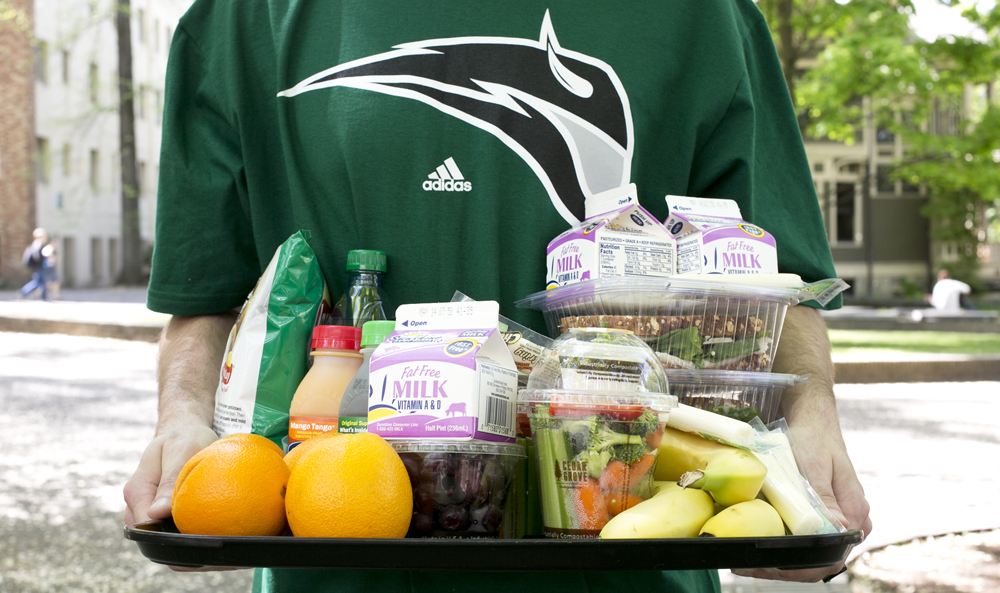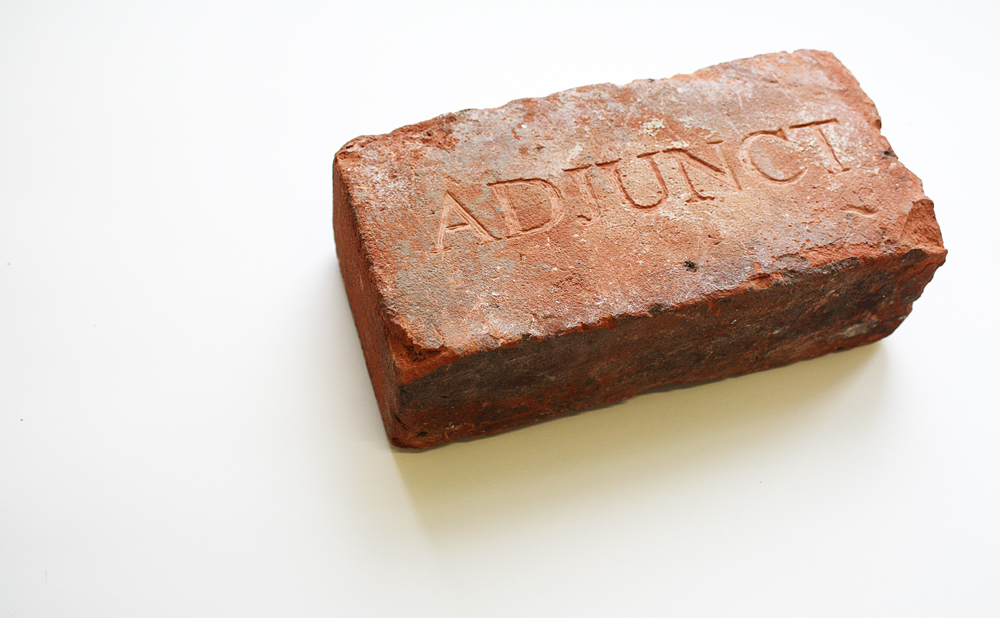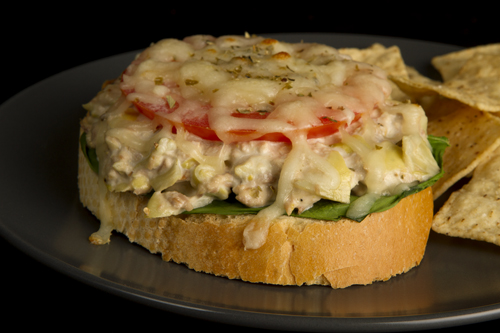This past Thursday the NCAA passed a number of new rule changes that all Division I schools must now follow. While most of these changes will have little effect on the current athletic system, one change could have an immediate impact on students this coming 2014–15 school year.
Currently, the NCAA requires that all students who are competing on a scholarship not only be provided with free tuition, but also with housing and access to at least three meals a day. However, a new rule change allows universities to provide unlimited meals to all Division I athletes. This is a drastic change from the previous rule, in that walk-ons (students playing without a scholarship) can now also receive this benefit as well.
While the NCAA has been considering this option since around 2012, recent pressures tipped this deliberated decision into realization. In the Final Four of this past season’s NCAA basketball tournament, University of Connecticut’s Shabazz Napier mentioned in one of his postgame interviews that he would often go to bed hungry because he couldn’t afford food outside of the prescribed meals that he was being given.
Shabazz is credited for carrying his team to a championship victory, and was named the tournament’s Most Outstanding Player. After the media had a field day in making the NCAA look like Oliver Twist’s Mr. Brumble, a number of people began to claim that the league’s restrictive rules resulted in the starvation of athletes who make millions of dollars for schools. The NCAA decided to throw the players a bone, and offer them all the food they could eat.
However, this was not the first time that the NCAA has received bad press regarding food and players. Earlier in the year the NCAA ruled that players must be given the option to have snacks throughout the day, along with their normal meals. They provided schools with examples such as “nuts, berries or bagels.”
While schools complied with this change, many only provided dry bagels and refused to offer sides such as cream cheese, jam or butter, claiming that the rule didn’t require them to provide anything more than the base food. Various media agencies like ESPN and CNN Sports felt that this was just another example of how schools do not respect the work of their athletes, and insulted their players by giving them sub-par food. The NCAA quickly modified that rule, and (I am not kidding) explicitly stated that cream cheese, jam and butter must also be offered with the bagels.
In response to this new rule change, Stephen Ross, the director of Penn State’s Institute for Sports Law, Policy and Research, commented that the limit on the number of meals and snacks provided to athletes was a way to supposedly “level the playing field” among competing universities, and avoid a rise in competition between schools to lure recruits.
While Ross does not necessarily believe that changing the meal allotment for athletes was a direct response to the recent pressure the NCAA has received, he argued that athletic departments have a great interest in treating their revenue-generating athletes well. He said that for schools who can afford it, it will be a welcome change for the athletes. However, they have failed to take into account schools like Portland State whose sports programs operate with a limited budget.
The NCAA has also been feeling a lot of pressure from various student-athletes around the nation who have been voicing their desire to unionize. Many feel that schools are making a ridiculous sum of money from their work, and they are seeing only a small amount back through their scholarships. Some see this as a political move on the NCAA’s part to try and avoid the potential unionization of student-athletes.
According to Athletic Director Torre Chisholm, “The PSU football program won’t be able to afford this without reducing other expenses or adjusting the meal money it already provides.” He continued to say that while it is too early to determine exactly what kind of decisions they are going to make with this new rule, the teams could feasibly redirect funds away from other areas if this becomes a priority.
However, this is sure to become a recruiting issue for PSU, if surrounding schools in the area are able to afford it. Chisholm said, “We know that the PAC-12 schools will do it, but don’t yet know if the MWC, WAC, WCC or Big West schools will be able to afford it. We will likely need to develop a program for providing additional meals, just not in the same quality as schools with larger budgets. I don’t anticipate launching anything next year, but we need to look to the future.”
The overall cost of this new rule is hard to determine. If the sports department were to offer even one meal a day to all of their athletes for five days a week (averaging ten dollars per meal), then in 30 weeks with roughly 300 student-athletes, it would cost the department close to $450,000 a year. As of right now, there isn’t a single department at PSU that is excited to fork over that kind of extra expenditure.
It will be interesting to see how similar schools react to this new rule, and if PSU suffers in recruiting for not being as competitive as other schools in terms of what they can offer their players. Check back next fall with the Vanguard for continued coverage of this issue, and any additional rules that the NCAA may change or introduce.






